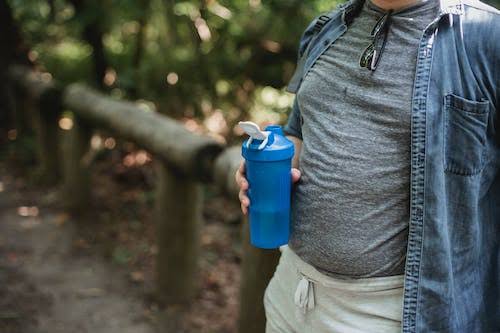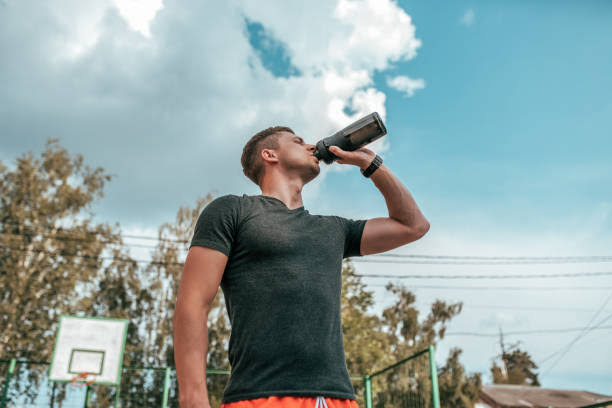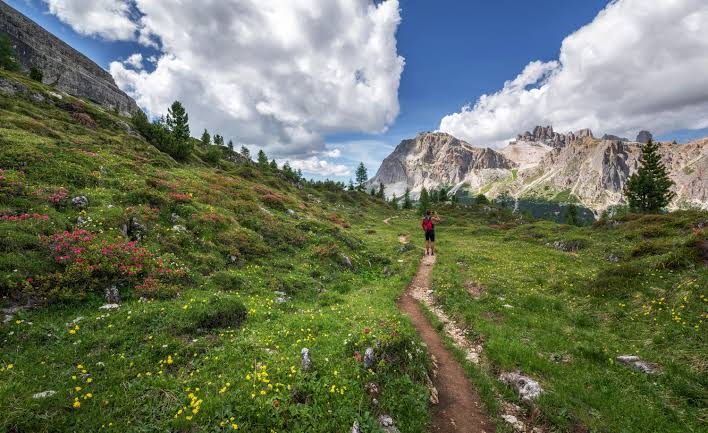When Hiking How Much Water To Bring
The question of how much water to bring on a hiking trip is a common source of confusion for many outdoor enthusiasts. It’s a valid concern because the right amount of water is essential for a safe and enjoyable hike.

When I go to day hiking of 6 to 8 Kms in normal weather for 3 to 4 hours I usually carry 1.5 to 2 litres of water.
However, often simply determining a fixed quantity of water to carry is often misleading. The truth is, the ideal amount of water varies based on several factors, including the duration of your hike, the trail’s difficulty, and the weather conditions.
In this blog, I’ll guide you on how to assess your hydration needs effectively while hiking.
Length
First I assess the length and intensity of the hike I’m planning to undertake. If it’s going to be a shorter, less demanding day hike, carrying 2 to 3 liters of water is usually sufficient. However, if the hike spans the entire day or extends into more challenging terrain, I aim to carry at least 3 liters.

I also take into consideration the general guideline that suggests a daily water intake of around 3 liters for an average adult. This provides a helpful benchmark for my hiking hydration needs.
Weather
The weather also plays a pivotal role in my decision-making process. In cooler or milder conditions, I typically pack around 1.5 liters of water.
The lower temperatures reduce my body’s need for hydration. However, when venturing out in warmer weather, I ensure I have a more substantial supply of 2 to 3 liters.
In essence, my approach to hydration before a hike combines science-based daily water intake recommendations, the anticipated hike duration and intensity, and the prevailing weather conditions.

This well-rounded strategy helps me stay adequately hydrated throughout my hiking adventures, ensuring that I’m ready to tackle whatever challenges the trail may present.
Hiking Duration
The duration of your hike also plays a significant role in determining your water requirements. For shorter day hikes, carrying a couple of liters of water in a reusable bottle or hydration reservoir should suffice.
However, for longer treks or overnight trips, you’ll need to plan for more hydration. Consider a water purification system to replenish your supply from natural sources like streams, rivers, or lakes.
Trail Difficulty
The difficulty of the trail is another key factor. On easy, well-marked trails, you may not exert as much effort, and therefore, your water consumption may be lower.
Conversely, challenging terrain, steep ascents, and rugged paths can lead to increased perspiration and exertion, necessitating more water intake.

The choice of water-carrying methods depends on factors like the duration of the hike, accessibility to water sources, personal preferences, and the weather conditions.
By carefully selecting the right combination of water-carrying gear, I ensure that I remain properly hydrated during my hikes while minimizing the burden of carrying excessive water weight.
Ways Of Carry Water
Let me provide you with a detailed explanation of the ways I personally carry water during hiking based on my own experiences
Water Bottles
I typically carry one or two reusable water bottles in the side pockets of my backpack. These bottles are easily accessible, and I can gauge my water consumption visually. Stainless steel or BPA-free plastic bottles are my preferred choices as they are durable and eco-friendly.
Collapsible Water Container
For longer hikes or when I anticipate a need for a larger water supply, I bring along a collapsible water container.
These are lightweight and compact when empty, making them easy to stash in my backpack. They can hold several liters of water and come in handy when camping or on hikes with limited water sources.
CamelBak or Similar Reservoir
Sometimes, I opt for a hiking backpack that comes with an integrated water reservoir, like a CamelBak. These packs have a dedicated pocket for a bladder and a hose for drinking.
The hose typically has a hands-free bite valve, making it convenient for sipping water while on the move.
Hip Belt Water Bottle Holsters
Certain hiking backpacks feature hip belt pockets or holsters designed specifically for water bottles. I find these particularly convenient for quick and easy access to my water bottles without having to take off my pack.
Insulated Water Bottles
In extreme weather conditions, such as extremely hot or cold temperatures, I opt for insulated water bottles. These bottles are designed to keep my drinks cold on hot days or hot on cold days, ensuring that I have a refreshing or warm beverage as needed.
Conclusion
In the end, it’s not about a fixed quantity of water but rather about being adaptable and prepared. Assess the duration, trail difficulty, and weather conditions, plan accordingly, and stay attuned to your body’s hydration signals.


